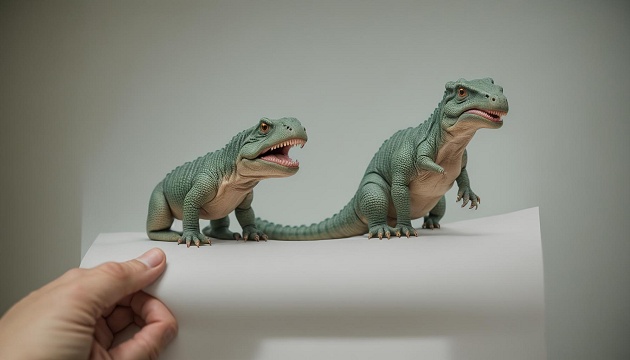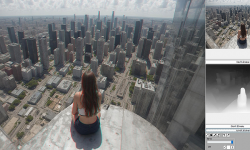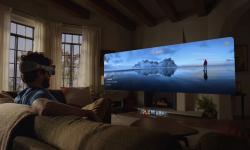There are several different ways to get 3D photos on paper. The classical ones include using an inkjet or laser printer (in both cases, of course, the 3D image must be in colour - anaglyph works on the principle of decomposition into red and blue-green components of the image, and these components must therefore be represented in the final image).
A better result is usually achieved if you choose the same procedure as for conventional digital photography - i.e. developing via a photo booth. There are a number of offers available. You can usually submit your photos for processing directly via the website, and pick them up at your chosen collection centre.
Rules for paper 3D photos
The processing of a 3D photo is subject to the same rules as for regular digital photo. The resolution should be at least 300 dpi (i.e. for a 9 x 13 cm photo it is about 1080 x 1560 pixels, for a 10 x 15 photo it is 1176 x 1764 pixels), but if it is slightly lower, you usually won't notice the difference in quality.
If you want to adjust the colors in the photo, do so before you create a 3D result from the left and right photos. After that, the colours should be preserved.
The rules for paper 3D photos are similar to those for traditional ones.
Of course, not only real images taken with a camera can be processed as photographs, but also anaglyph graphics created on a computer. You just need to maintain a sufficient resolution (and take into account that the colours on the monitor usually do not exactly match the ones you get in the resulting photos - but for first attempts, there is no need to worry about this problem).
We have so far outsourced our 3D jobs to FotoStar's collection service, and the results have always been good (for both photos and computer graphics). And viewing paper 3D photos with friends? Believe it or not, the paper ones are really better for this purpose. So just be sure to bring your 3D glasses.
3D photos in your smartphone
Uploading 3D photos to your mobile phone or tablet is easy, just like any other image. You can choose from a variety of formats. You can upload anaglyph photos and give everyone who views the photos a pair of red-and-blue glasses, but you may also prefer parallel 3D photos, which are photos where the left and right eye shots are placed side-by-side in a single photo. To make them easier to view, you can use Google's famous Google Cardboard or one of its many variants, which you insert your phone into. The downside is that you have to slide the phone inside the glasses, so multiple people can't view the photos at the same time, and you must, of course, have this type of glasses at hand. The advantage, on the other hand, is better colours than anaglyph.
3DJournal, November 2003





